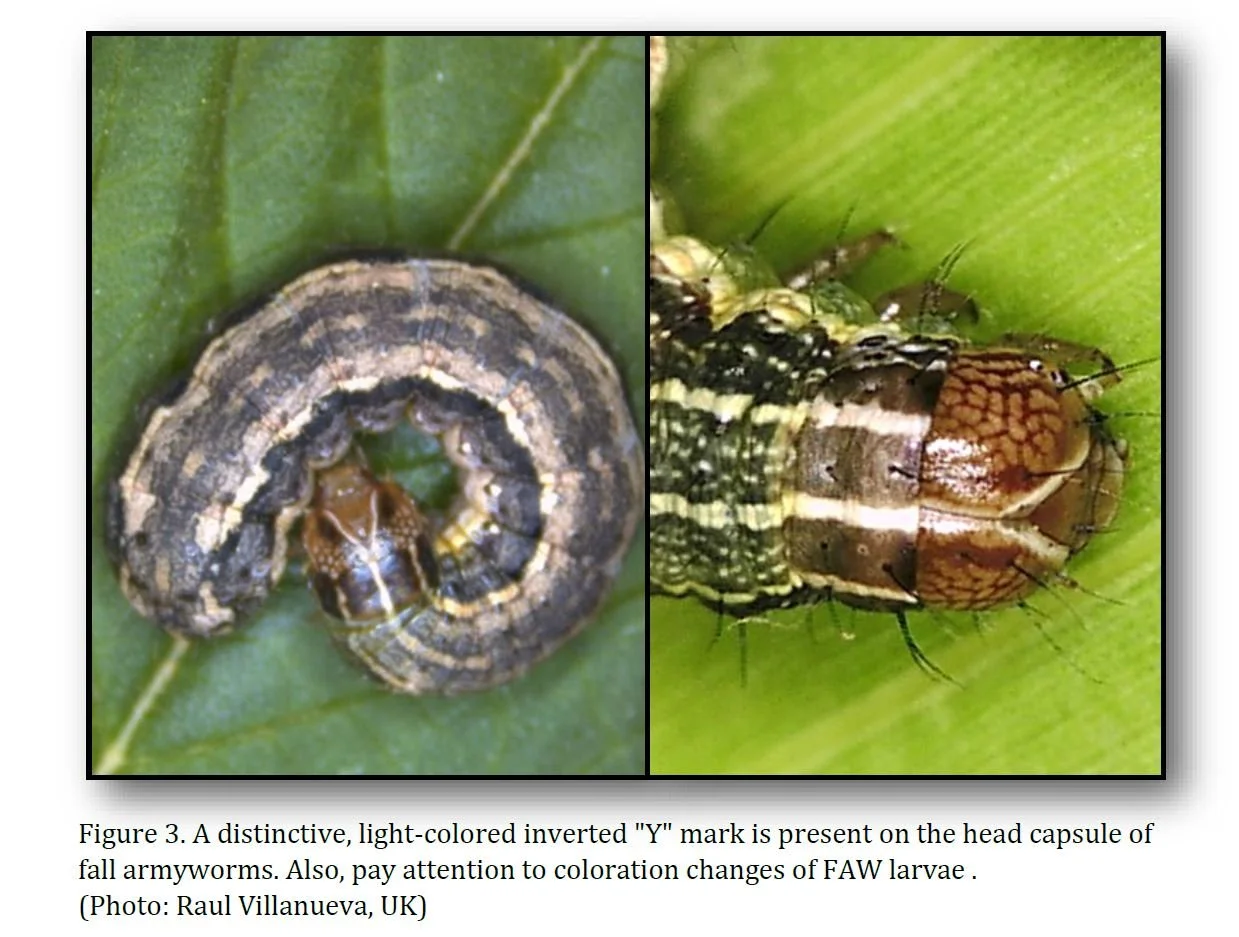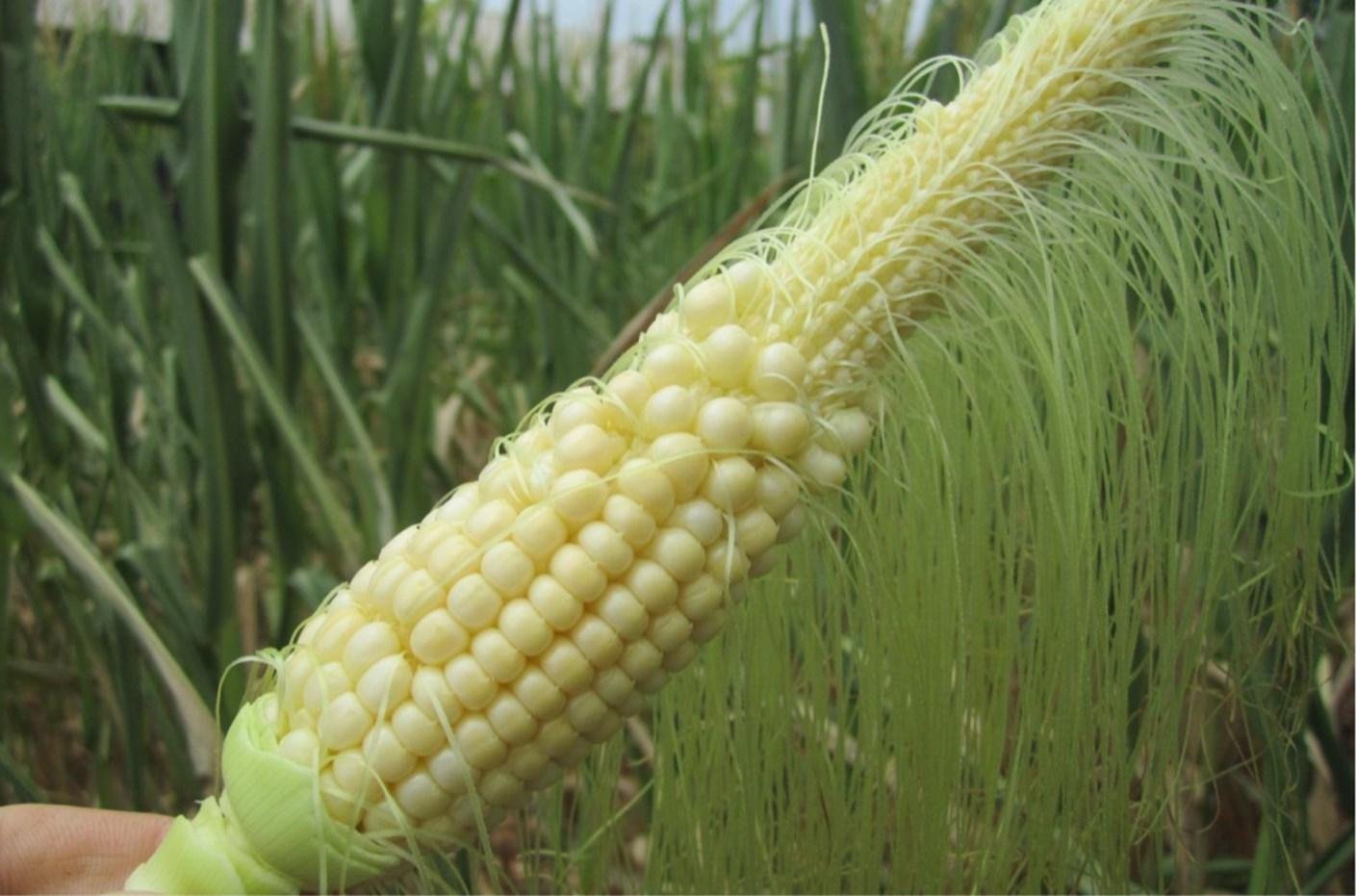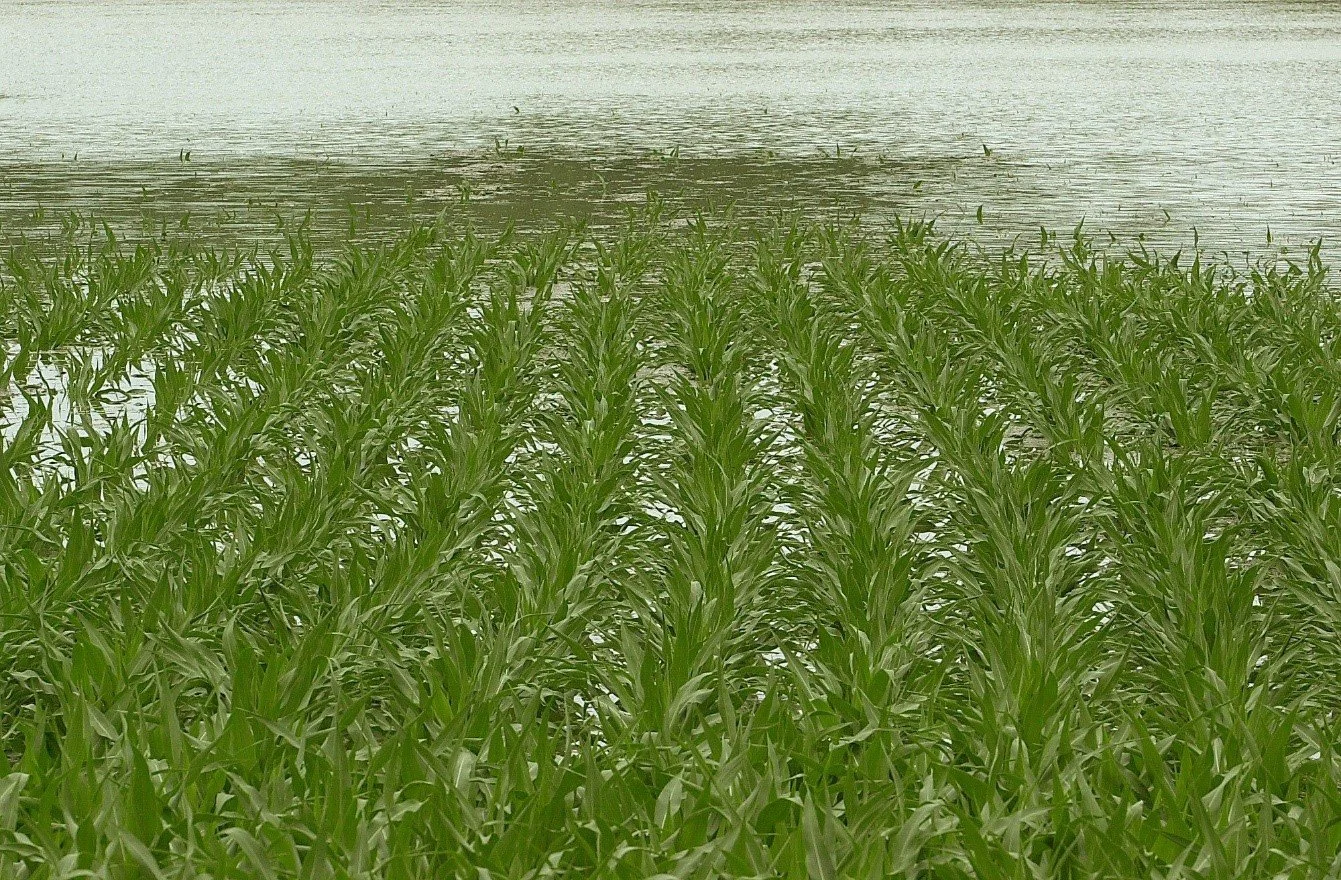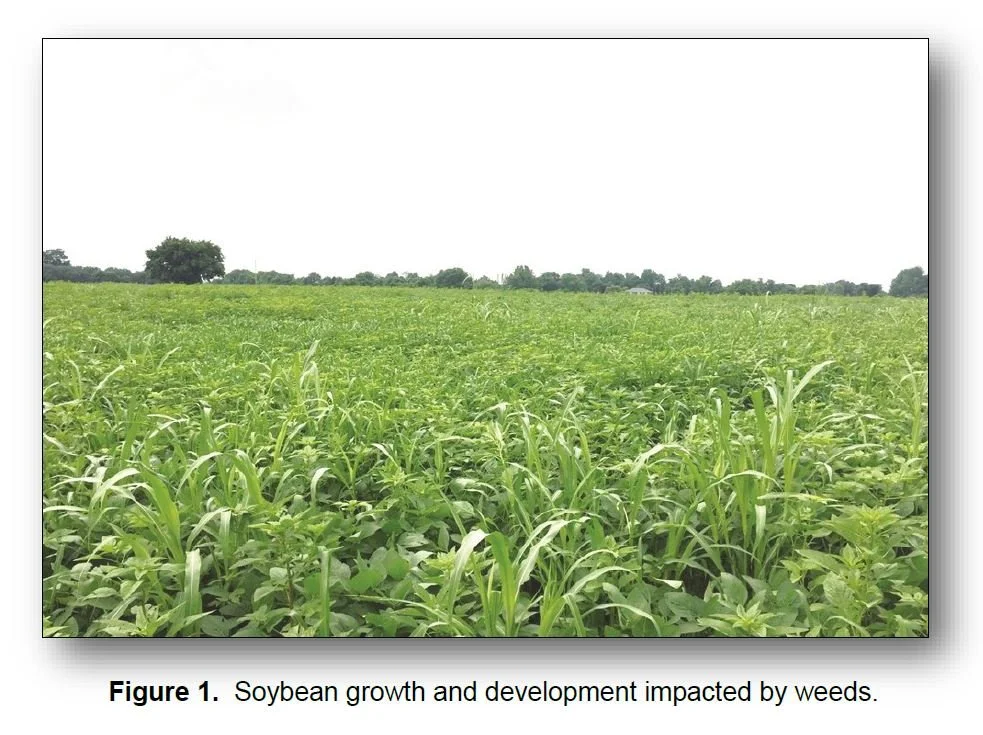For those farmers who have been dealing with ryegrass and have known problematic fields, it may be pertinent to start planning for ryegrass control with a fall residual herbicide application.
Read MoreThe corn leaf aphid, Rhopalosiphum maidis (Hemiptera: Aphididae), is a native insect and is present across the entire United States and in Canada.
Read MorePre-harvest USDA estimates pegged Kentucky’s corn crop at 200 million bushels this year (28% below 2021) and it’s off to a similar, slow start. This week’s USDA report showed the progress of corn harvest at 10% complete statewide, which is about the same as this time last year, but about half the 5-year average (~20%).
Read MoreScouting reports across Kentucky have indicated that farmers need to be aware of potential lodging issues as corn harvest gets underway.
Read MoreWheat production is higher for 2022.
Read MoreOne common consideration in 2022 for entomologists and Extension specialists is to hypothesize about the presence of the fall armyworm for this growing season.
Read MorePreliminary reports indicate that this year’s corn silage crop in some locations across the state may have suffered from the lack of early rains during pollination resulting in spotty or lack of ear development and/or reduced plant growth.
Read MoreCorn in some fields in eastern Kentucky was flooded by recent torrential rain events. If soil temperatures are above 70 F, then corn will not survive if fully submerged for more than 24 hours.
Read MoreEven with recent rains, some corn was too damaged by droughts to produce adequate yields. Some drought-stressed corn can be salvaged as cattle feed. Here are some things to consider if harvesting drought-stressed corn.
Read MoreIn a year that has had ups and downs for corn farmers, there is good news that corn disease pressure across the majority of the corn producing region of the state is very low.
Read MoreIf possible, let the corn get through pollination. Corn ears with less than 400 kernels per ear likely have yield loss. Corn with 300 kernels or less will likely have yield losses that trigger crop insurance.
Read MoreCorn plants with thrips were observed in fields near the Cumberland River in Livingston County during the last week of May but as usual, rainfalls reduced thrip populations.
Read MoreThe current heat wave is expected to last until the end of June. There are some low chances of rain scattered in the forecasts. We need to start watching water use in corn across the state. The next two weeks could provide us with some strong indicators on expected corn yields this fall.
Read MoreThe Week #16 corn planting progress was only 10%, but corn planting progress reports from 2001 to 2021 show very little correlation between planting progress and yield.
Read MoreCorn planting in 2022 is off pace from the five-year average for Kentucky with only 6% planted on the April 17 report. The calendar says we could have started planting corn April 1 in western Kentucky and April 15 in central and eastern Kentucky. The calendar suggests that we are behind. The weather and soil conditions suggest we are not.
Read MoreIn times of high commodity prices and with increasing crop yield potentials it becomes even more critical to obtain maximum economic returns by protecting crop yield from potential losses caused by weeds interfering with crop production.
Read MoreCongratulations to John and Mark Mitchell of Webster County, for earning the highest corn yield in the state contest.
Read MoreFarmers are looking at sticker shock for some supply inputs and dealing with uncertainty around the availability of some other inputs. The issues have many producers thinking about where costs can be saved. The following are some suggestions for the first of December, heading into the 2022 season.
Read More

















